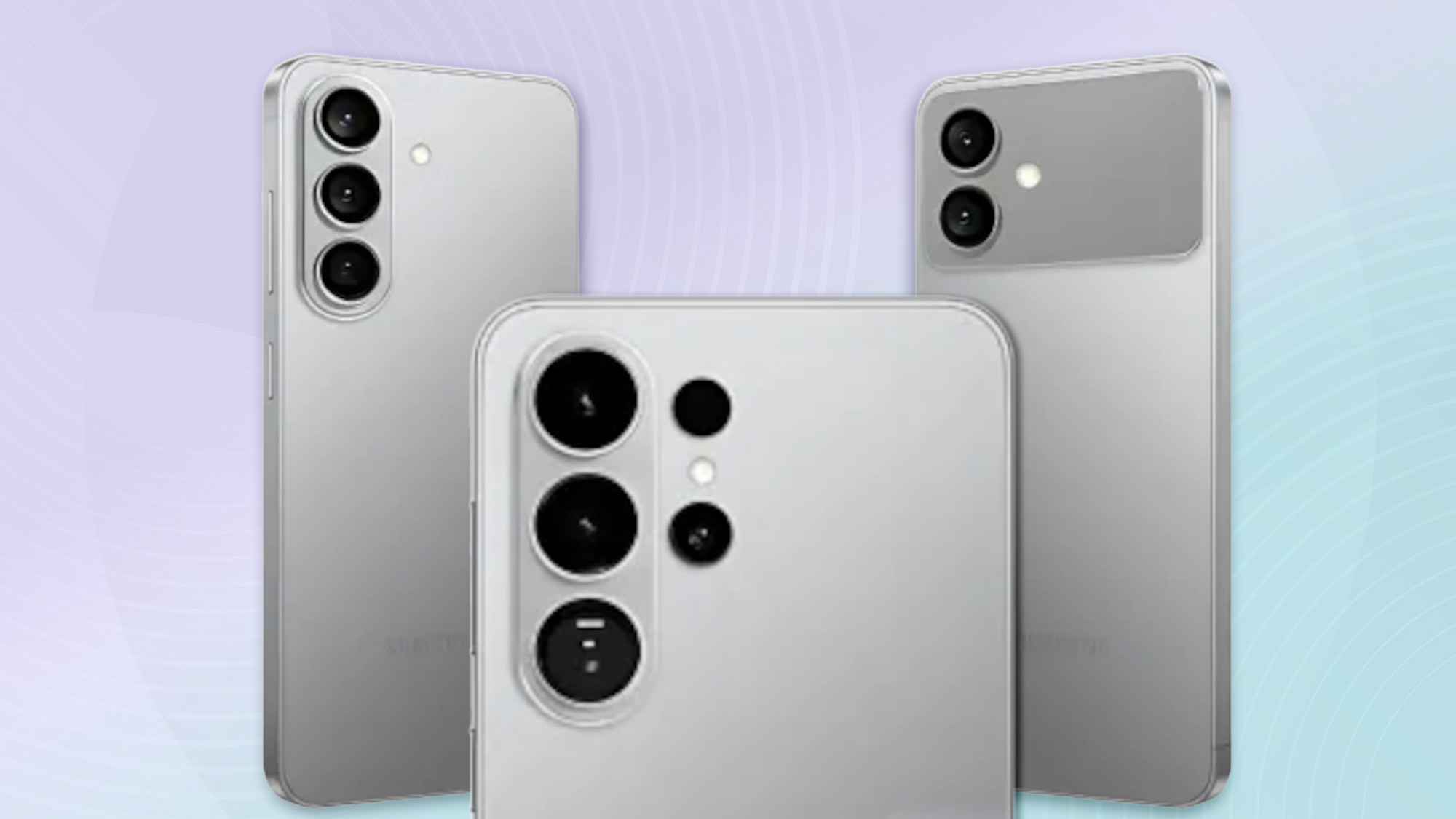Best small phones May 2025
The best small phones do still exist — you just have to know where to look
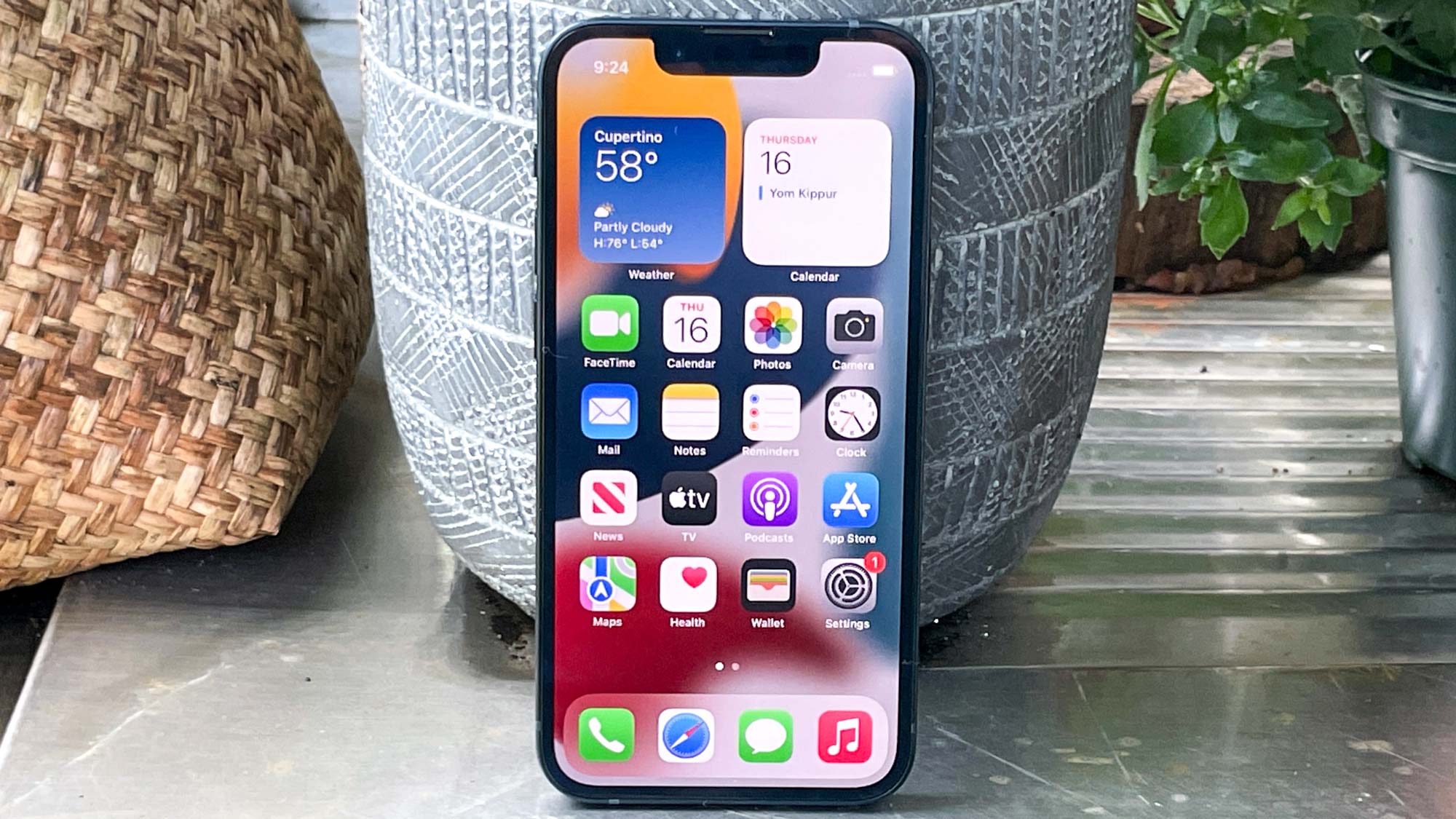
The best small phones are a rare breed, but we've rounded up all the top picks to bring to you here.
Defining what exactly counts as a small phone can be tricky, but ideally, they want a screen that's smaller than 6 inches. This can lead to some issues as fairly compact devices like the iPhone 15 Pro and the iPhone 16 are a hair larger at 6.1 inches, even though they are small compared to rivals.
The true small phones on this guide are devices like the iPhone SE 2022, or clamshell foldables such as the Galaxy Z Flip 6. And don't forget the latest generation of feature phones like the recent Nokia 3210, if you don't mind limited features.
With that all said, let's have a look at some of the best small phones that we have tested to see which might be the one for you. It's also worth noting that the Holiday sales, and some remaining from Cyber Monday, are still in effect so you might be able to grab a great deal.
The quick list
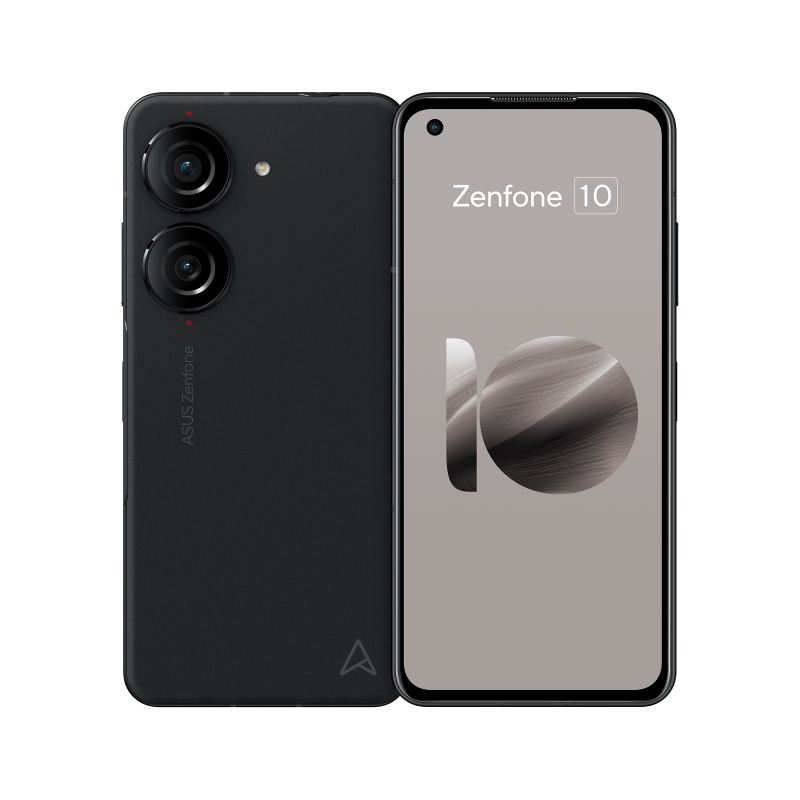
Asus continues to lead the way in small Androids with the Zenfone 10. While it might be limited compared to some of the more powerful phones on the market, has a lot to offer. The Zenfone 10 is affordable and offers a pretty good selection of cameras, RAM options and storage. It does border on our smallest phone however at 5.9 inches.
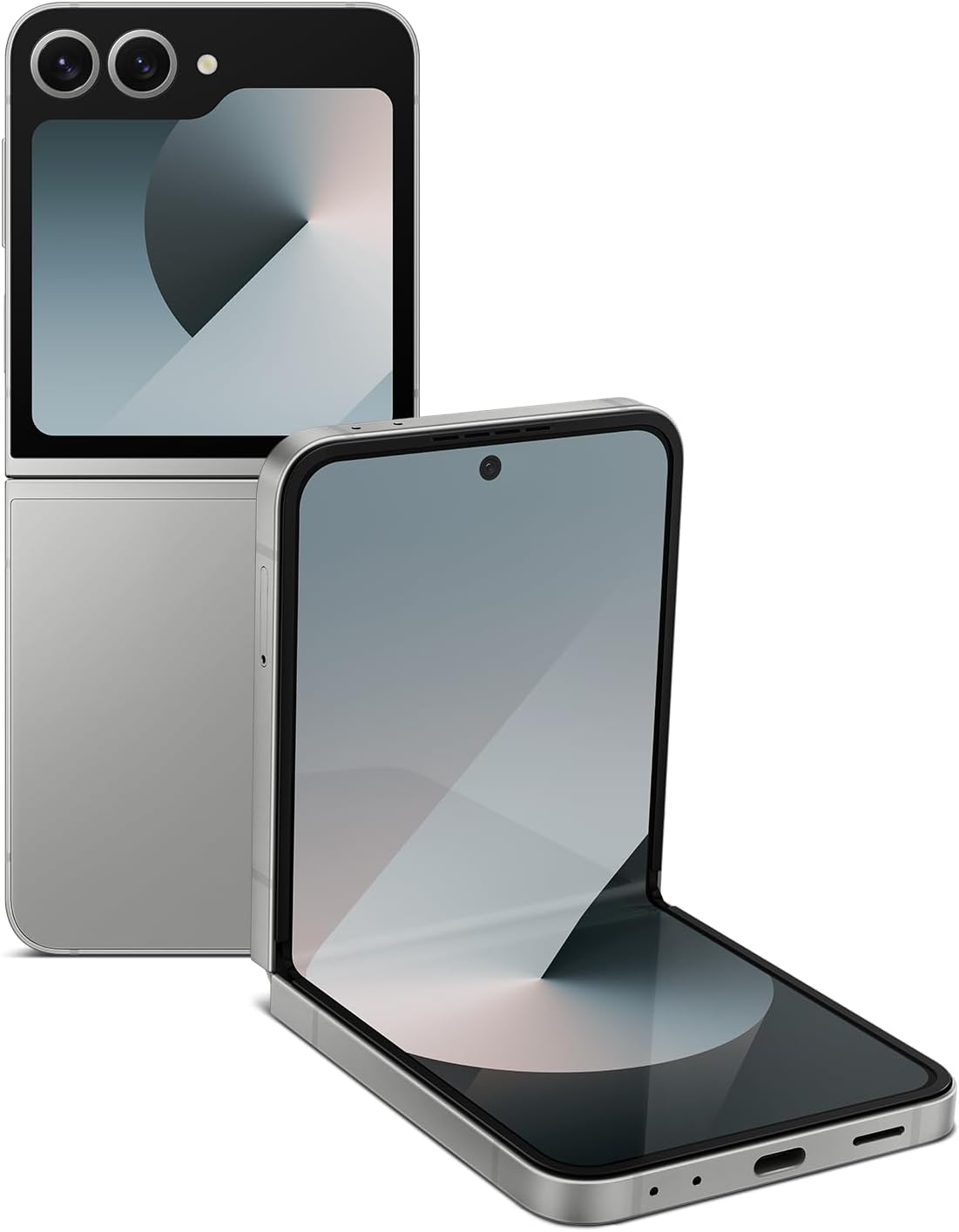
Samsung gives you the best of both worlds with the Z Flip 6. The advantage of this foldable phone goes beyond the 3.4-inch external display. You get all the bells and whistles of one of the top-of-the-range smartphones, including AI, in a device that you'll barely notice in your pocket. However, as a downside, you are paying for that.
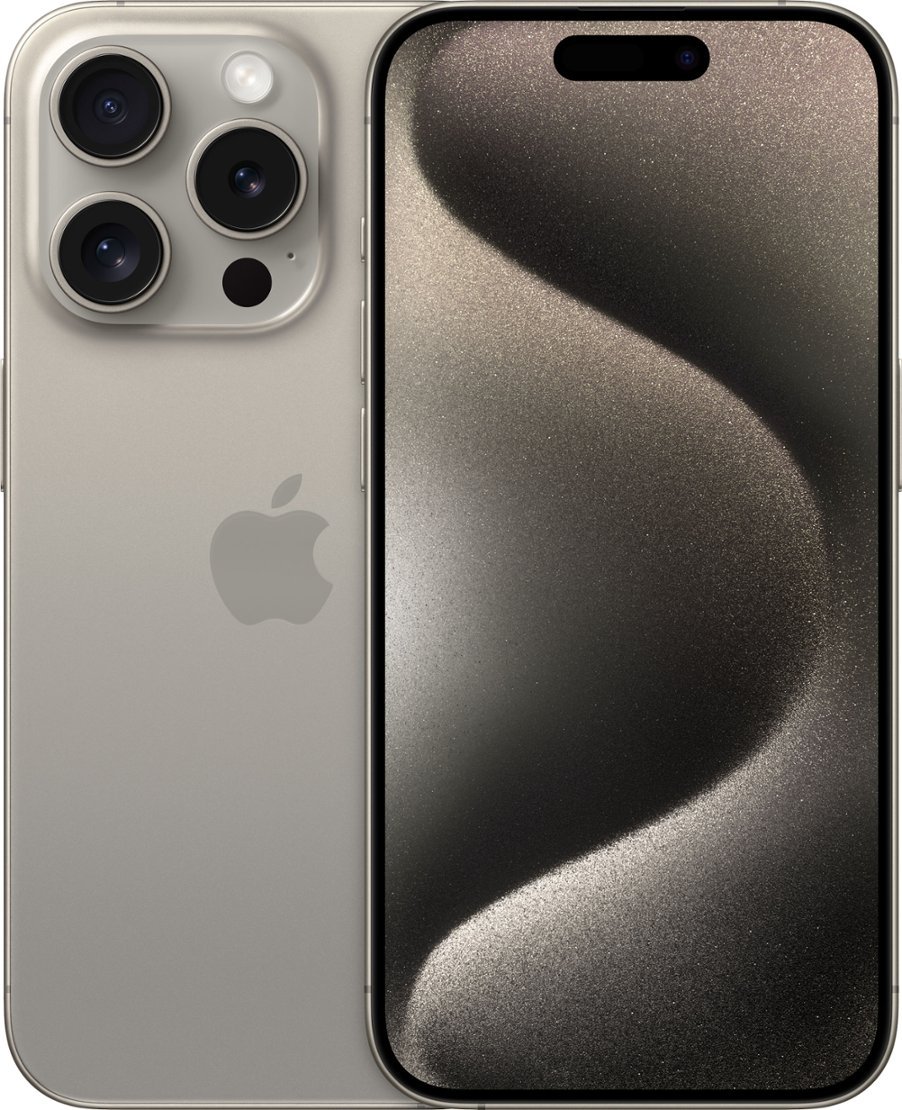
The iPhone 15 Pro stuffs the latest iPhone features into a compact body that only barely breaches the 6-inch limitation. However, the phone comes with all the bells and whistles, including Apple Intelligence, and we would be fools not to include it. However, at 6.1 inches (and even more in a heavy-duty case) there's an argument that it defeats the purpose.

The cheapest phone on this list, the iPhone SE 2022 delivers plenty of computing power for its size, including a decent chip and relatively good camera options. However, what you save in money you pay for in comfort as Apple had to trim the cost somewhere. With all that said, at 4.7 inches it is tiny compared to other devices.

If there's a complaint about foldable phones, it's how much they cost. However, the Nubia Flip 5G is affordable and, thanks to the design of the smaller 1.4-inch external screen, tiny when folded. Now, it should be noted that the external display is pretty basic and the phone is a bit bare bones.
The full list: Best small phones in detail
The best small phone
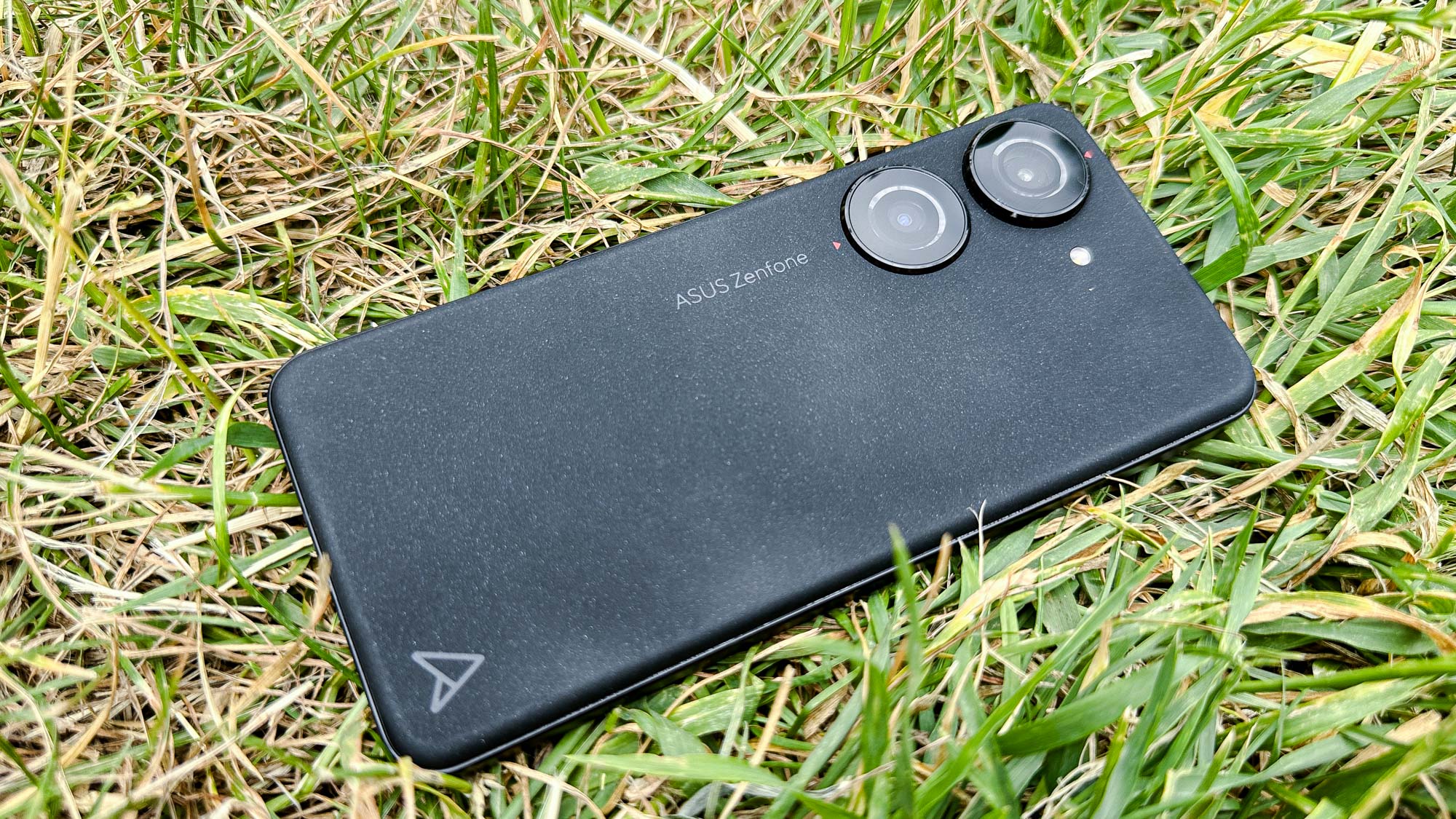
Specifications
Reasons to buy
Reasons to avoid
Small phones may be a rarity, but Asus isn’t giving up. No siree, the Zenfone 10 is exactly what we wanted to see in a small Android phone. It packs in a ton of horsepower thanks to its Snapdragon 8 Gen 2 processor, paired with up to 16GB of RAM. The 5.9-inch AMOLED display is great with punchy colors, but the battery life doesn't suffer. We really like some of Asus' software alterations to base Android too, such as using the power button as a notification shade switch.
The cameras are generally pretty good for most purposes, though we wish there was a telephoto camera. Also only two years of full Android updates isn't great for a phone of this price. Nonetheless, the Zenfone 10 is head of the pack when it comes to small Android phones.
Read our full Asus Zenfone 10 review.
The best small foldable phone

Specifications
Reasons to buy
Reasons to avoid
It's hard to beat a foldable phone when it comes to fitting a whole phone into a small space. And the Galaxy Z Flip 6 is the best option for this right now.
While it has increased in price since last year, the $1,100 Z Flip 6 justifies the increase by toughening its outer shell with stronger materials upgrading its main camera, increasing the amount of RAM it carries and swapping to the latest Snapdragon 8 Gen 3 chipset. The increased performance pairs nicely with the Galaxy AI features it's gained too.
Other than the higher price, the other weakness of the Galaxy Z Flip 6 is its battery life, which is still on the short side. The Motorola Razr Plus 2024 does better in this regard, but as a whole package, the Galaxy Z Flip 6 remains the best pick for performance in a foldable frame. However, the arrival of the Razr Ultra 2025 could change things once we've completed testing.
If you've decided this is the phone for you and you're looking to save some money, make sure you check out our Samsung coupon codes to see if there's a deal that works for you.
Read our full Samsung Galaxy Z Flip 6 review
The best small flagship phone
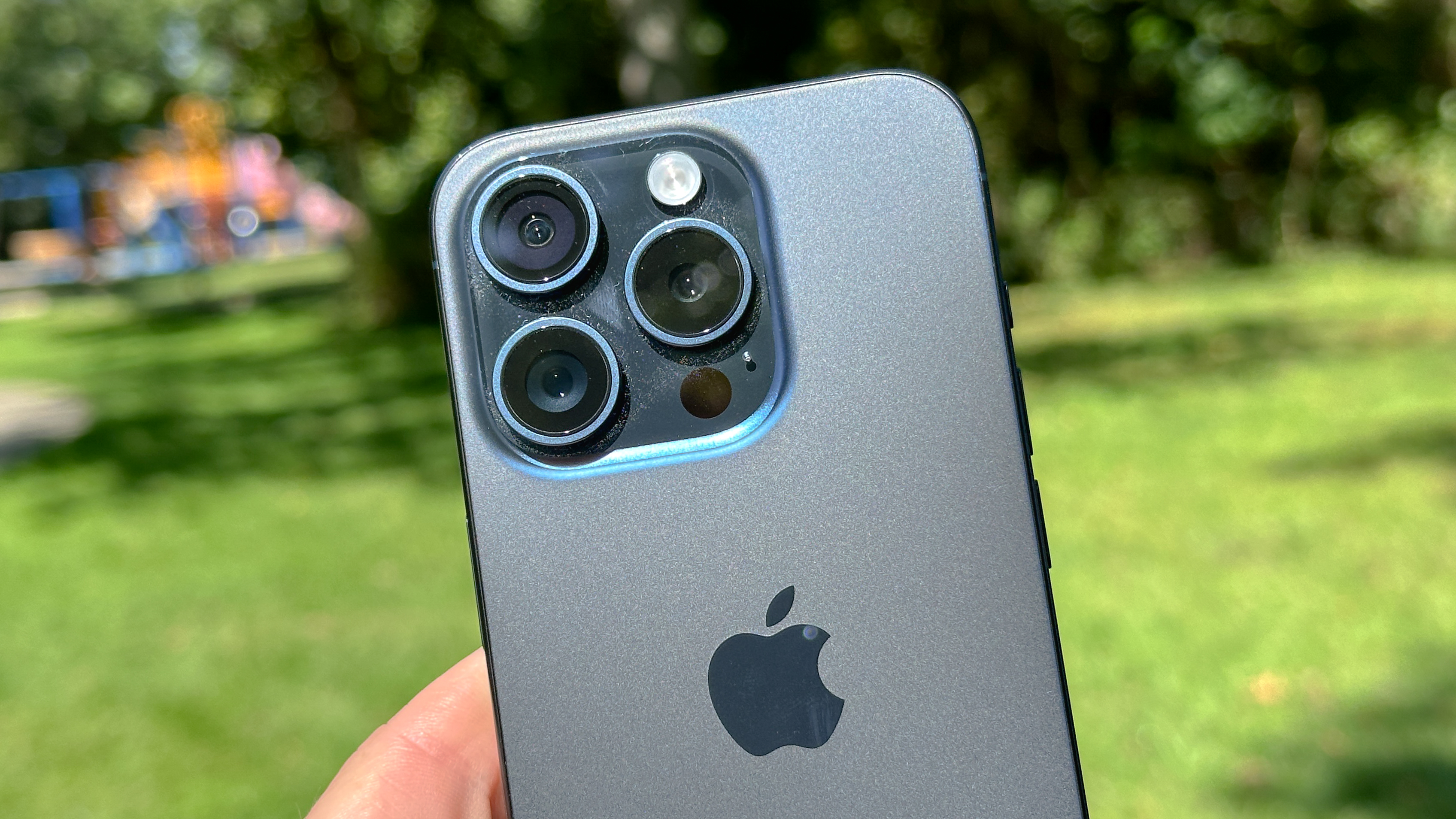
Specifications
Reasons to buy
Reasons to avoid
The iPhone 15 Pro is one of the largest phones on this list despite still being small for a modern flagship. But if you forgive it being a little taller and wider than the other phones on this list, you'll get in return one of the best phones on the market. While it might have fallen behind the iPhone 16 Pro, it is also smaller making it ideal for those looking for power and easy handling.
Apple's equipped the iPhone 15 Pro with amazing cameras as usual and a super-powered A17 Pro chip that'll eat up even the most demanding apps. It's also surprisingly light thanks to its titanium body, and features a customizable Action button on its left side for muting the phone, using shortcuts and more.
Then there's its access to Apple Intelligence with the recent release of iOS 18.1 and the upcoming iOS 18.2. This will mean you'll have access to features like Writing Tools and Movie Memory.
The only other difficulty with this phone you'll need to accept is that it's quite expensive. You definitely won't be wasting your money if you do decide to splash out on this as your new small phone though.
Read our full iPhone 15 Pro review.
The best small budget phone


Specifications
Reasons to buy
Reasons to avoid
Apple seems to be the last bastion of small phones, we're sad to say. The recent iPhone 13 mini and now the new iPhone SE (2022) both keep the screen size well under six inches. In the SE’s case, it’s a teeny 4.7-inch LCD. We don't think it's the prettiest, nor does it have a high resolution, but it fits in small hands and pockets.
It’s also no slouch when it comes to the performance department. Using the same A15 Bionic chip that powers the iPhone 13 series, you’ll not find any phone that is faster under $500 — even the most expensive Android phones have a hard time keeping up in some places.
Of course, there’s no Night mode here, something the equally diminutive iPhone 13 mini has. The new SE also lacks support for Verizon’s mmWave 5G network. Again, the iPhone 13 mini enjoys that luxury. But for $429, you can’t have everything. If having the smallest phone is what you want, the iPhone SE (2022) should be one of your top considerations.
It is worth noting that the iPhone SE 4 is rumored to be on its way and it's sounding like a pretty impressive improvement over the current model As such, it may be worth holding off on getting the cheaper iPhone, especially if you want access to Apple Intelligence.
Want to save some money on the iPhone SE? Make sure you check out our Apple discount codes for the latest deals.
Read our full iPhone SE (2022) review.
A cheaper foldable option
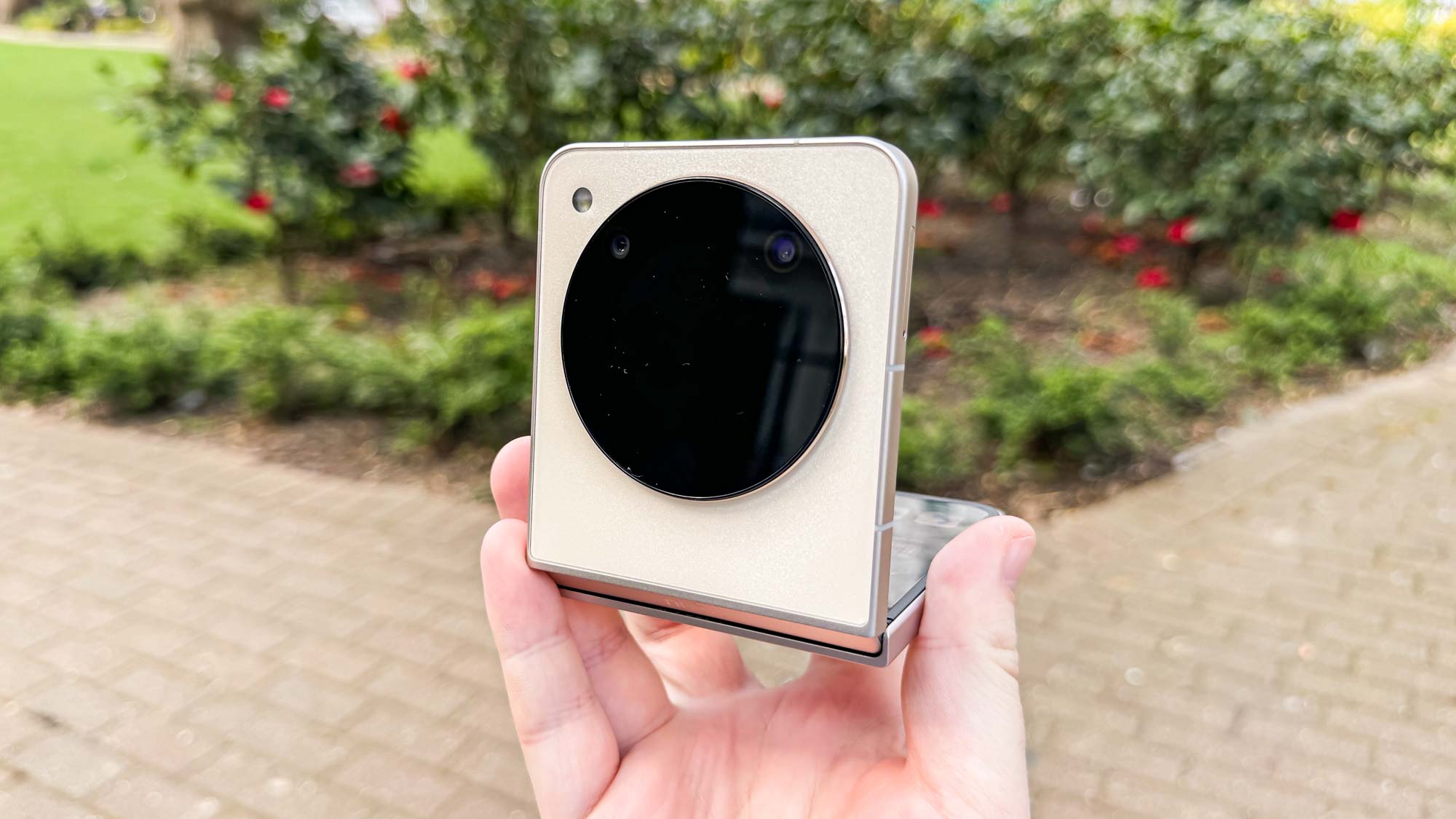
Specifications
Reasons to buy
Reasons to avoid
The second foldable on this list, the Nubia Flip 5G does what the Galaxy Z Flip does by folding conveniently in two when not needed. Except it does it for half the price.
With effectively only one rear camera, a low-tier chipset and an uncertain future when it comes to Android updates, you need to be confident you want this particular phone. If being small's the priority though, this is a very cost-effective way to go about it.
Plus there are benefits to the Nubia beyond its flexible display and low price. Its battery is larger than equivalent folding phones, and fills up fast with its included charger. Also the outer display is quite usable thanks to a number of widgets and the ability to display upside-down when needed, letting you check your notifications more easily from different angles.
There are more complete phones on this list, but the fun-per-dollar of the Nubia Flip 5G's unrivalled.
Note: The sequel to this phone, the Nubia Flip 2, has been announced, but has not yet been launched.
Read our full Nubia Flip 5G review.
How to choose the best small phone for you
You usually have to sacrifice something when buying a small phone. Of course, screen real estate is part of the tradeoff; but small phones also have smaller batteries, and sometimes less RAM or fewer camera lenses than larger, more expensive versions of the same device. If you prioritize a compact form factor over all else — and you probably do if you're reading this page — these tradeoffs will likely be well worth it to you.
But the biggest challenge you might face when shopping for the best small phone is just how little choice there is. Smartphone shoppers favor bigger screens and that's where most device makers are putting their efforts these days.
How we test smartphones
In order for a smartphone to make our best phone list, it needs to excel on several tests that we run on every handset. We perform some of these tests in our labs and some in the real world.
When it comes to performance, we rely on such synthetic benchmarks as Geekbench 5 and 3DMark to measure graphics performance. These tests allow us to compare performance across iPhones and Android devices. We also run a real-world video transcoding test on each phone using the Adobe Premiere Rush app and time the result. (We unfortunately have to skip this test on some phones due to app compatibility issues, but we attempt this benchmark with each device we get in to review.)
| Row 0 - Cell 0 | Geekbench 6 (single-core / multicore) | 3DMark Wild Life Unlimited (FPS) |
Zenfone 10 | 1856 / 5483 | 84 |
Galaxy Z Flip 6 | 2091 / 7022 | 113 |
iPhone 15 Pro | 2890 / 7194 | 94 |
iPhone SE (2022) | Not tested | 48 |
Nubia Flip 5G | 1,074 / 3,074 | Not tested |
To measure the quality of a phone's display, we perform lab tests to determine the brightness of the panel (in nits), as well as how colorful each screen is (DCI-P3 color gamut). In these cases, higher numbers are better. We also measure color accuracy of each panel with a Delta-E rating, where lower numbers are better and score of 0 is perfect.
| Row 0 - Cell 0 | sRGB (%) | DCI-P3 (%) | Delta-E |
Zenfone 10 | 148 (Optimal) / 175 (Natural) | 105 (Optimal) / 124 (Natural) | 0.35 (Optimal) / 0.39 (Natural) |
Galaxy Z Flip 6 | 135.8 (Vivid) / 119.9 (Natural) | 96.2 (Vivid) / 84.9 (Natural) | 0.24 (Vivid) / 0.24 (Natural) |
iPhone 15 Pro | 117 | 83.5 | 0.14 |
iPhone SE (2022) | 115 | 81 | 0.21 |
Nubia Flip 5G | Not tested | Not tested | Not tested |
One of the most important tests we run is the Tom's Guide battery test. We run a web surfing test over 5G (or 4G if the phone doesn't have 5G support) at 150 nits of screen brightness until the battery gives out. In general, a phone that lasts 10 hours or more is good, and anything above 11 hours makes our list of the best phone battery life.
| Row 0 - Cell 0 | Battery life (Hrs:Mins) |
Zenfone 10 | 12:41 (auto), 12:48 (120Hz), 11:21 (90Hz), 13:10 (60Hz) |
Galaxy Z Flip 6 | 11:01 (Adaptive), 10:21 (60Hz) |
iPhone 15 Pro | 10:53 |
iPhone SE (2022) | 7:39 |
Nubia Flip 5G | Not tested |
Last but not least, we take the best phones out in the field to take photos outdoors, indoors and at night in low light to see how they perform versus their closest competitors. We take shots of landscapes, food, portraits and more, and also allow you to be the judge with side-by-side comparisons in our reviews.
Get instant access to breaking news, the hottest reviews, great deals and helpful tips.

Richard is based in London, covering news, reviews and how-tos for phones, tablets, gaming, and whatever else people need advice on. Following on from his MA in Magazine Journalism at the University of Sheffield, he's also written for WIRED U.K., The Register and Creative Bloq. When not at work, he's likely thinking about how to brew the perfect cup of specialty coffee.
